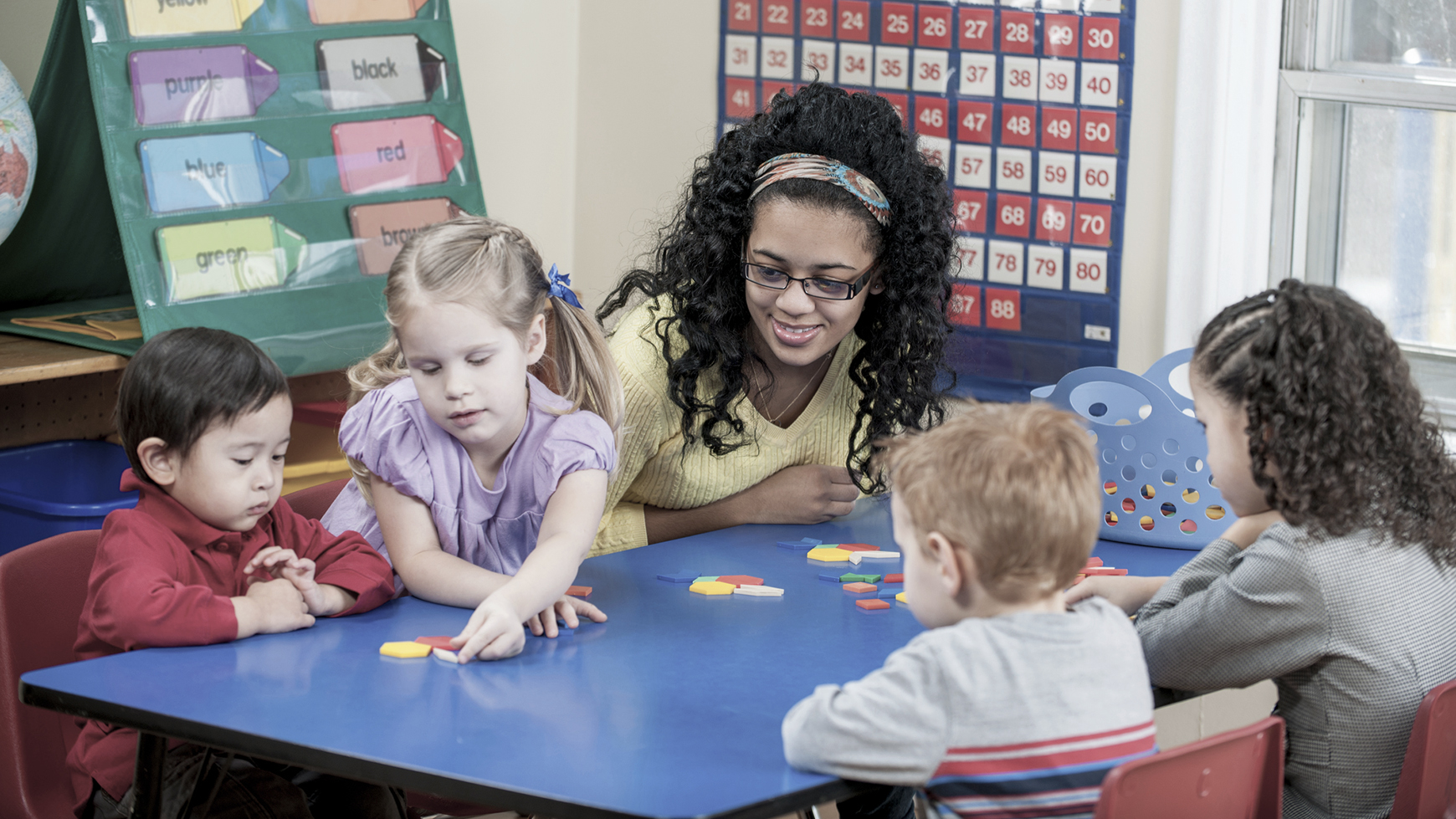
Empowering Education: Embracing Inclusivity Through Special Education
In today’s diverse and dynamic world, education is evolving to accommodate the unique needs of every student. One significant stride in this evolution is the concept of inclusive learning, which goes beyond traditional teaching methods to embrace the rich diversity present in our classrooms. This blog post aims to delve into the realm of inclusive learning and shed light on the transformative power of special education in creating a more equitable and enriching educational experience for all.
Benefits of Inclusive Learning
Inclusive learning isn’t just a buzzword; it’s a pedagogical approach that yields remarkable benefits. One of the most compelling advantages is the positive impact on social skills and empathy among students. When students with different abilities and backgrounds learn together, they develop a deeper understanding and appreciation for one another, nurturing a sense of empathy that extends far beyond the classroom walls.
Moreover, inclusive education has been shown to lead to improved academic outcomes for students with disabilities. The presence of diverse learning styles encourages educators to employ innovative teaching methods, benefiting all students. This approach equips students with essential life skills, preparing them to thrive in a world characterized by diversity and inclusion.
Understanding Special Education
At the heart of inclusive learning is special education, a critical component of the educational landscape. Special education refers to tailored instructional programs designed to meet the unique needs of students with disabilities. These disabilities encompass a wide spectrum, ranging from physical and sensory impairments to cognitive and developmental challenges.
Central to special education is the concept of Individualized Education Programs (IEPs). These personalized plans outline specific goals, accommodations, and strategies for students with disabilities, ensuring they receive the support necessary to succeed academically and socially.
Challenges and Misconceptions
While the benefits of inclusive learning and special education are undeniable, challenges persist. Misconceptions surrounding inclusive education often lead to skepticism and resistance. One common misconception is the belief that including students with disabilities in mainstream classrooms hinders the progress of other students. However, research consistently shows that the opposite is true: all students flourish in an inclusive environment that values diversity.
Educators, parents, and students also face challenges in implementing inclusive education. Limited resources, lack of training, and attitudinal barriers can hinder the seamless integration of students with disabilities. Overcoming these challenges requires a collective effort to promote a culture of acceptance, understanding, and collaboration.
Best Practices for Inclusive Learning
Creating a truly inclusive classroom requires intentional strategies and practices. Educators play a pivotal role in fostering an environment where every student can thrive. Differentiated instruction techniques, which tailor teaching methods to individual learning styles, ensure that each student’s needs are met. Collaborative teaching, where general and special education teachers work together, enhances the overall learning experience and support system for students.
Incorporating assistive technologies is another avenue to empower students with disabilities. From screen readers to communication devices, technology opens doors to learning and communication that may have otherwise been inaccessible.
Success Stories
The power of inclusive learning and special education is perhaps best illustrated through success stories. Take, for instance, Sarah, a student with autism, who not only excelled academically but also became a source of inspiration for her peers. Her journey demonstrates the transformative potential of inclusive education in unlocking the talents and capabilities of all students.
Beyond individual success stories, individuals with disabilities have made remarkable contributions to various fields, shattering stereotypes and paving the way for a more inclusive society. Their achievements underscore the fact that a diverse and inclusive education system benefits everyone.
Collaboration between Educators, Parents, and Communities
A cornerstone of successful inclusive learning is collaboration. Effective communication between educators and parents of students with special needs is vital to creating a cohesive support system. Parents provide valuable insights into their child’s strengths, challenges, and preferences, facilitating the development of effective IEPs and personalized learning plans.
Communities also play a significant role in nurturing inclusive education environments. Local organizations, support groups, and community resources contribute to a network of support that extends beyond the classroom, ensuring that students with disabilities have the tools they need to succeed.
Inclusive Learning: A Call to Action
As we navigate a rapidly changing world, the importance of inclusive education becomes increasingly evident. It’s a call to action for educators, parents, policymakers, and society at large to champion the cause of inclusive learning. By embracing diversity and creating environments where every student can thrive, we sow the seeds of a brighter future characterized by empathy, understanding, and limitless potential.
Takeaway
Inclusive learning and special education are not merely educational concepts; they are transformative forces that have the power to reshape societies. By recognizing the benefits, understanding the principles, and implementing best practices, we pave the way for a future where every individual is valued and empowered to contribute their unique strengths. Let us seize this opportunity to unveil the true potential of inclusive learning and propel education into a realm of limitless possibilities.
